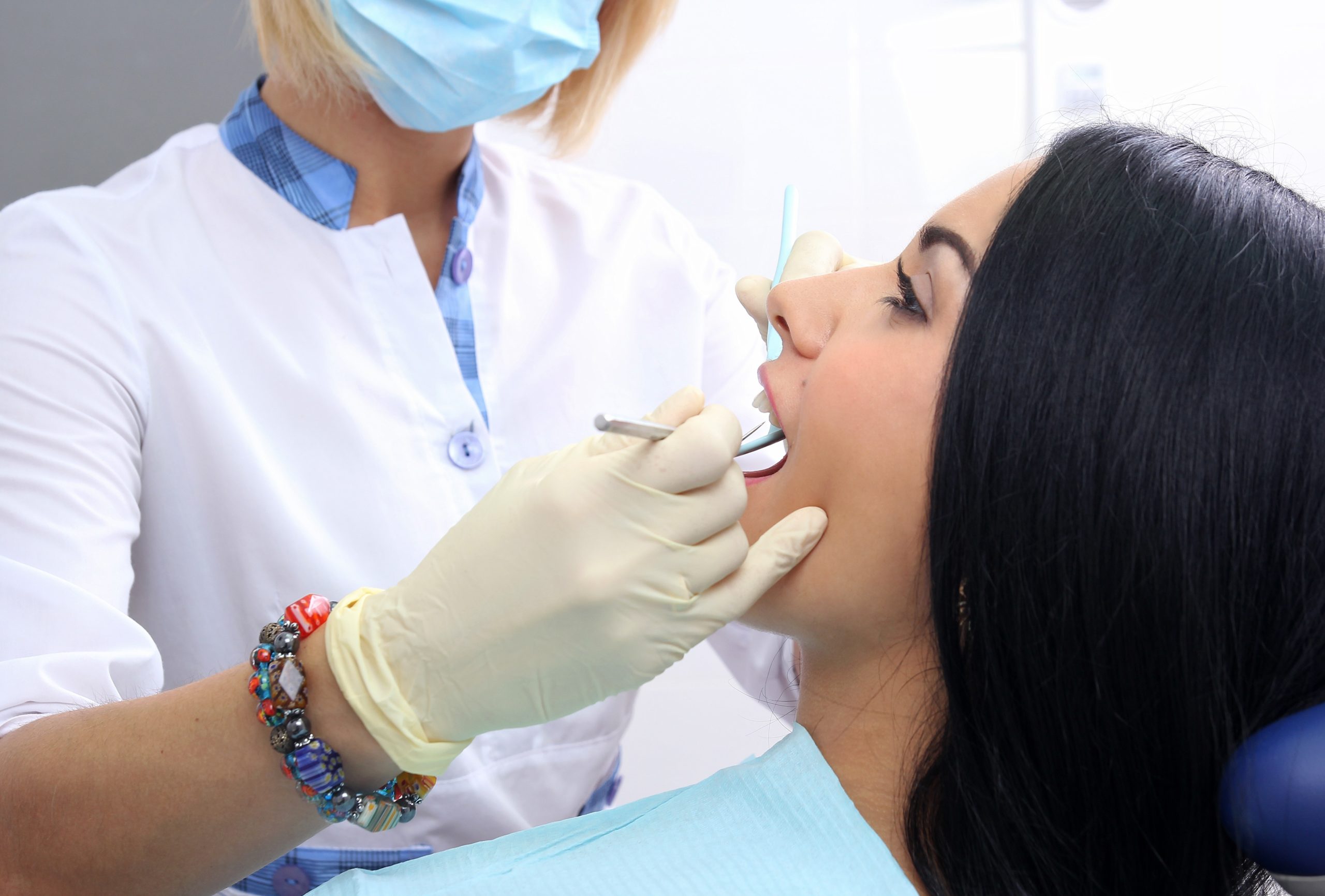The 9-Minute Rule for Legacy Orthodontics
The 9-Minute Rule for Legacy Orthodontics
Blog Article
Legacy Orthodontics Fundamentals Explained
Table of ContentsThe 2-Minute Rule for Legacy OrthodonticsThe smart Trick of Legacy Orthodontics That Nobody is Talking AboutRumored Buzz on Legacy OrthodonticsGetting The Legacy Orthodontics To WorkA Biased View of Legacy Orthodontics
In addition, we use flexible therapy routines, flexible payment choices and a fun, enjoyable experience.An orthodontist is a dentist educated to diagnose, stop, and deal with teeth and jaw abnormalities. Orthodontists function with individuals of all ages, from youngsters to adults.
Malocclusion, or misaligned teeth, can lead to oral problems, consisting of dental caries, periodontal disease, and challenging or excruciating eating. But not everyone is born with straight teeth. If you have a poor bite or big rooms between your teeth, you may intend to get in touch with a dental expert concentrating on orthodontic care.
Legacy Orthodontics Fundamentals Explained
( Photo Credit: DigitalVision/Getty Images) Orthodontists use taken care of and detachable dental tools, like braces, retainers, and bands, to alter the placement of teeth in your mouth. Orthodontic treatment is for dental problems, including: Misaligned teethBite problems, like an overbite or an underbiteCrowded teeth or teeth that are too far apartJaw misalignmentThe goal of orthodontic therapy is to enhance your bite.
While you might think of orthodontists as mainly for children or young adults who require braces, they can remedy dental issues at any age. Orthodontists attend college, oral school, and orthodontic school.
All orthodontists are dental professionals, but not all dental practitioners are orthodontists. Orthodontic residency programs offer extensive, concentrated direction for dental experts. They concentrate on 2 areas: How to correctly and securely relocate teeth Exactly how to effectively guide growth in the teeth, jaw, and faceOnce an orthodontist has completed training, they have the option to become board certified.
Legacy Orthodontics - An Overview
Malocclusion leads to tooth congestion, a twisted jaw, or uneven bite patterns. Malocclusion is generally treated with: Your orthodontist affixes metal, ceramic, or plastic square bonds to your teeth.
Some people need a headgear to assist relocate teeth into line with stress from outside the mouth. A retainer is a personalized gadget that maintains your teeth in location.
They're frequently made use of on children. They can create additional space in the mouth without having to pull teeth. If you have a severe underbite or overbite, you could need orthognathic surgical procedure (additionally called orthodontic surgery) to lengthen or shorten your straight from the source jaw. Orthodontists use wires, surgical screws, or plates to support your jaw bone.
You might require to see an orthodontist if you have: Crowding or not sufficient space for all of your teethOverbite, when your top teeth come your bottom teethUnderbite, when your base teeth are too far forwardSpacing or problems with gapsCrossbite, which is when your top teeth fit behind your base teeth when your mouth is closedOpen bite or an upright gap between your front base and upper teethMisplaced midline, when the center of your base and upper teeth do not line up Correcting an oral malocclusion can: Make biting, chewing, and talking easierImprove the proportion of our face and your overall appearanceEase discomfort from temporomandibular joint disordersDifferent your teeth and make them simpler to clean up, aiding avoid dental caries or cavities It's frequently a dental professional that first notices misaligned teeth throughout a routine exam.
Legacy Orthodontics Can Be Fun For Everyone

Throughout your initial orthodontic examination, you'll likely have: An oral examPhotos taken of your face and smileDental X-raysPanoramic (360 level) X-rays of your face and headImpressions to develop molds of your teethThese examinations will certainly assist your orthodontist recognize how to continue with your treatment. leesburg orthodontics. An orthodontist is a dental practitioner who's had training to treat your teeth and jaw
Orthodontists may do surgery, exams,X-rays,and more to help you attain a more comfy, much healthier smile. An orthodontist is concentrated on your bite, so something like a chipped tooth would certainly be managed by a dental professional. Orthodontists are dentists yet not all dental practitioners are orthodontists. Orthodontists are concentrated on your bite, or the way your teeth meshed, and the straightness of your teeth.
Ever before wondered how stars always seem to have perfectly straightened teeth? The solution typically depends on the experienced hands of an orthodontist. Yet exactly what does an orthodontist do? Orthodontists are oral professionals who concentrate on fixing abnormalities in the teeth and jaws. Their proficiency exceeds just developing a lovely smile; it reaches enhancing your total dental health and wellness and function.
The Main Principles Of Legacy Orthodontics

, orthodontists have a diverse toolkit at their disposal. These tried-and-true dental braces utilize a system of brackets bonded to the teeth and connected by wires.
Clear aligners, like Invisalign, are a prominent option for individuals seeking an extra discreet treatment alternative. These removable trays are customized to progressively move the teeth's setting. Headgear might be made use of combined with dental braces or aligners to apply added targeted forces, specifically for correcting jaw disparities. In situations of slim jaws, palatal expanders can be utilized to create space for proper tooth alignment.
Report this page